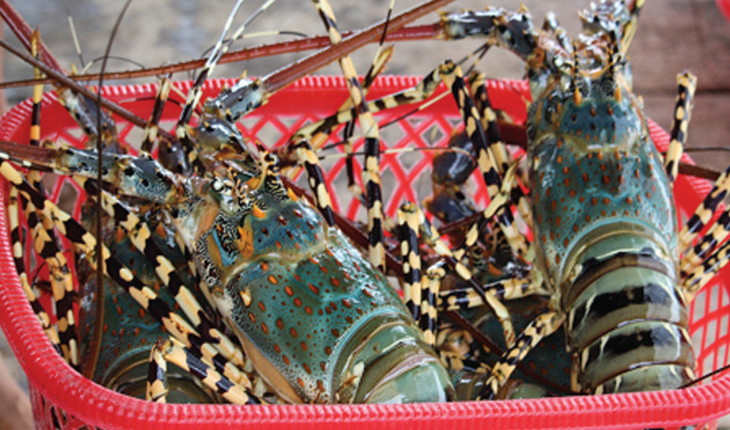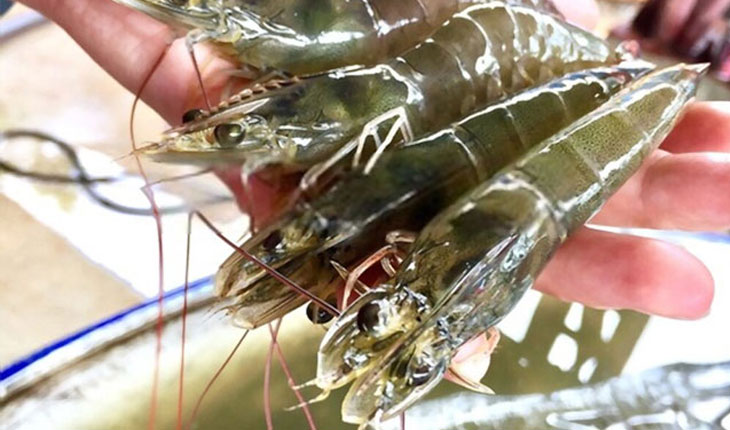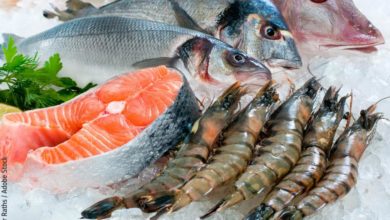Introducing traceability tags for lobster farming
Traceability tags for lobsters are being piloted in Phu Yen, with plans for wider implementation in the near future.
Challenges in lobster seed supply
On December 30, in Song Cau Town, Phu Yen, the Directorate of Fisheries (Ministry of Agriculture and Rural Development) collaborated with the Phu Yen Department of Agriculture and Rural Development and the Song Cau People’s Committee to host a conference titled “Enhancing Collaboration in Lobster Farming and Marketing for Sustainable Development.”

The event, attended by industry leaders, researchers, businesses, cooperatives, and lobster farmers from the South Central region, addressed critical issues in lobster production and trade.
Vietnam’s lobster farming has grown significantly since 2000, with over 280,000 cages producing 5,800 tons in 2024, generating an export value of approximately USD 430 million. Phu Yen and Khanh Hoa provinces dominate the sector, accounting for over 95% of the nation’s lobster production.
Despite this progress, the sector operates on a small scale, with minimal horizontal or vertical collaboration along the value chain. Currently, only two lobster farming cooperatives exist in Phu Yen and Khanh Hoa.
The end of 2023 and early 2024 saw challenges in exporting lobsters, particularly painted spiny lobsters, to China. These exports require clear documentation of farming practices, prohibiting wild-caught specimens and relying solely on farmed lobsters with traceable origins.
Vietnam lacks domestically bred lobster seed stock, relying heavily on natural harvests and imports. Natural seed collection fluctuates annually and is declining, with quality difficult to control. Around 8–12 million seed lobsters are sourced naturally each year, but this meets only 10% of the sector’s demand.
Imported lobster seed, mainly from Indonesia, Timor-Leste, and the Solomon Islands, presents additional challenges. Surveys in 2023 revealed inconsistent quality, with survival rates varying widely from 30% to 70%. Rising seed prices 45,000 – 55,000 VND per green lobster and 45,000 – 50,000 VND per painted lobster reflect this scarcity.
Advancing traceability systems
Trinh Quang Tu, Director of the Fisheries Planning and Development Advisory Center, highlighted that the small-scale nature of lobster farming dominated by over 7,000 households complicates traceability and export processes. As global markets tighten requirements, Vietnam must adapt.
The Ministry of Agriculture and Rural Development has initiated a project to develop value chain linkages for lobster farming and export. In Phu Yen, a traceability system has been established for green lobsters, connecting the Song Cau Cooperative with Minh Phat, an export firm, and a seed supplier in Cam Ranh, Khanh Hoa.
“Traceability will simplify export procedures and provide consumers with clear product origin details, aligning with market demands, especially from China,” said Trinh Quang Tu.
Tran Dinh Luan, Director of the Directorate of Fisheries, emphasized recent achievements in implementing traceability and production organization for lobsters. With support from the Ministry, traceability codes now track lobsters from farms to cooperatives and processing facilities.
“In the coming period, we will hand over this system to cooperatives and localities for practical application. Transparent traceability will help build a strong lobster brand and foster sustainable growth,” Tran Dinh Luan added.
VFM






